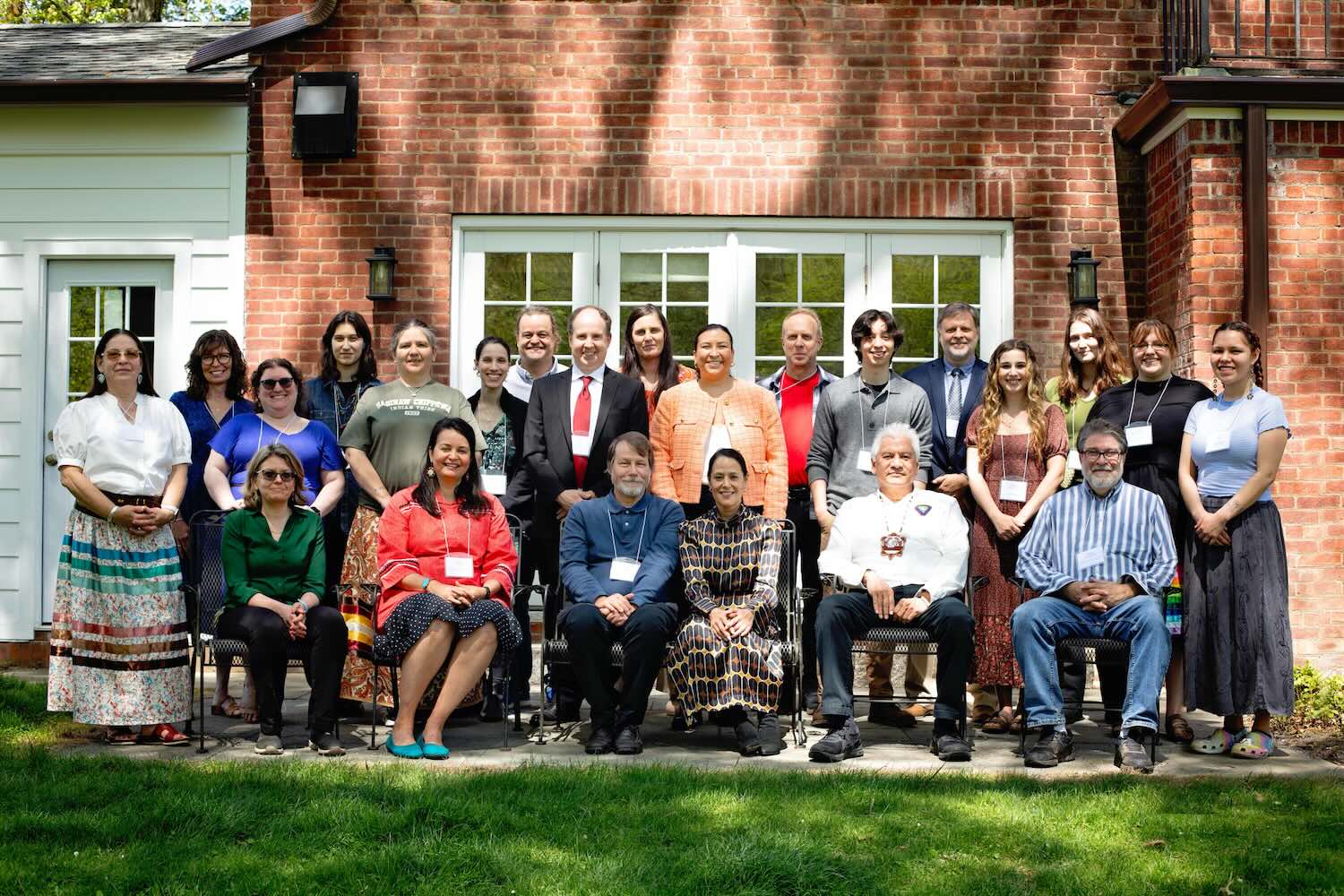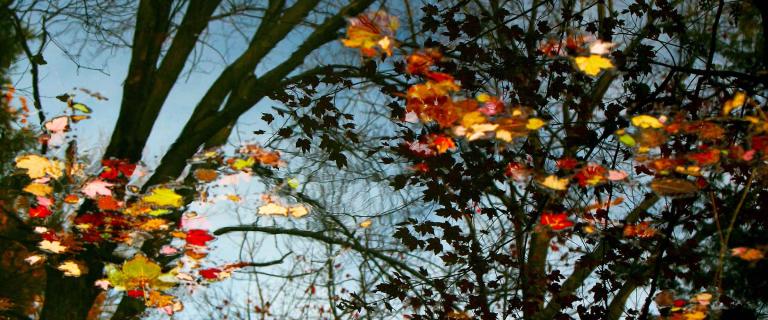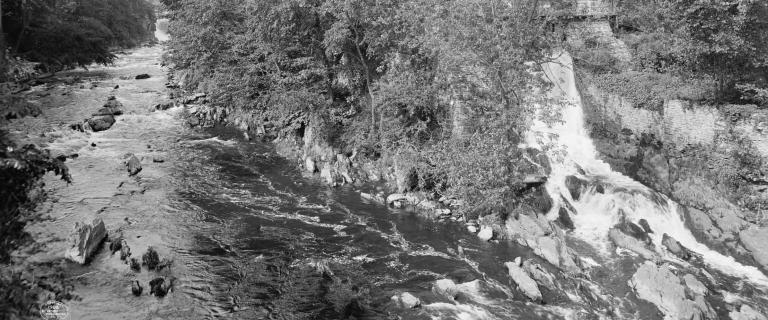Repatriation of Indigenous Ancestral Remains: A Vassar Timeline
1861
Vassar College is founded and built upon the homelands of the Munsee Lenape.
Late 1800s through 1935
Vassar College acquires ancestral human remains (bones from approximately 50 individuals, with a subset of Native American and Native Hawaiian ancestors, as well as individuals from other identities and ancestries) for teaching in human anatomy and biological variation. Some remains were on display in the natural history museum that was originally housed on the top floor of Main Building and then moved to New England Building. Sources of these individuals varied, with some being given to the College and others purchased from laboratory supply companies.
1970s
The Natural History Museum is slowly disbanded, its collections moved into Biology and Anthropology for teaching purposes, and regrettably any records of the provenance of the ancestral human remains were lost or discarded.
1980s–early 1990s
A Vassar Anthropology professor participates in excavations of Native Alaskan ancestors and sacred burial objects, and large collections are brought to Vassar College where they are stored in Blodgett Hall.
1990
The Native American Graves Protection and Repatriation Act (NAGPRA) is passed by the Federal Government. The law states that institutions must disclose any Native American or Hawaiian ancestral remains and sacred objects in their possession and begin the process of repatriation. Vassar failed to comply with the NAGPRA law.
2018
Vassar Anthropology professor April Beisaw discovers the Alaskan ancestors and sacred objects stored in Blodgett and determines that her predecessor neglected their obligation to repatriate for nearly thirty years. Rick Jones, manager of Vassar’s Warthin Natural History museum, discovers additional Alaskan collections in Blodgett and reports this to college administrators.
2019
Vassar begins NAGPRA compliance efforts, hiring an external consultant to assist in the work.
2020
Anthropology professors April Beisaw, Zack Cofran, and Jess Beck complete a forensic analysis of the ancestral human remains held at Vassar and work to determine their source communities. A dozen individuals are identified as most likely to be of Native American or Hawaiian ancestry. Beisaw reviews all archaeological collections held in Blodgett and begins work to return them to their proper owners and source communities.
- President Bradley provides an update to the Vassar Community on formation of the Native American Advisory Committee (NAAC) and NAGPRA compliance.
- President Bradley provides an update to the Vassar Community regarding NAGPRA compliance.
- President Bradley provides an update to Vassar Alumnae/i regarding NAGPRA compliance.
2021
In the midst of a global pandemic, the Alaskan ancestors and sacred objects are repatriated. All Alaskan archaeological collections are returned to Alaska. All archaeological collections are returned to source communities as requested. Only one archaeological collection with Native American objects remains at Vassar. Consultation with the Stockbridge Munsee Community led to the determination that it should remain at Vassar. It does not contain any human remains or sacred objects.
Extensive consultations with all Federally Recognized tribes of the lower 48 states begins to determine who will claim the human ancestors from the museum and teaching collections.
- Repatriation notices published in the Federal Register: Alaskan Ancestors and Collections (January 2021)
2022
Representatives from Hui Iwi Kuamo’o, a Native Hawaiian Organization, visit Vassar College and bring the remains of four Iwi Kupuna (Native Hawaiian Ancestors) home with them. Representatives from the Four Southern Arizona Tribes claim some ancestors and ask Vassar to care for them until a return can be arranged.
- Repatriation notices published in the Federal Register: Hohokam Individuals (November 2022)
- President Bradley provides an update to the Vassar Community on the repatriation of ancestral remains.
2023
Vassar presents a petition to the NAGPRA Board at the National NAGPRA Conference to allow transfer of control of five Native American ancestors from unknown geographic origins to the Stockbridge Munsee Community and the Saginaw Chippewa Indian Tribe of Michigan. A reburial of these ancestors on campus is planned. With this, all Native American human remains held at Vassar have been claimed through NAGPRA.
- Repatriation notices published in the Federal Register: Individuals of Unknown Geographic Origin (August 2023)
- Repatriation notices published in the Federal Register: Hawaiian Individuals (January 2023)
2024

In May, Native ancestors are reburied on Vassar’s campus in a ceremony that included representatives from The Stockbridge Munsee Community, the Saginaw Chippewa Indian Tribe of Michigan, and Native students and faculty from Vassar. A journey feast with more than 20 attendees is held at the Dean’s House following the reburial.

